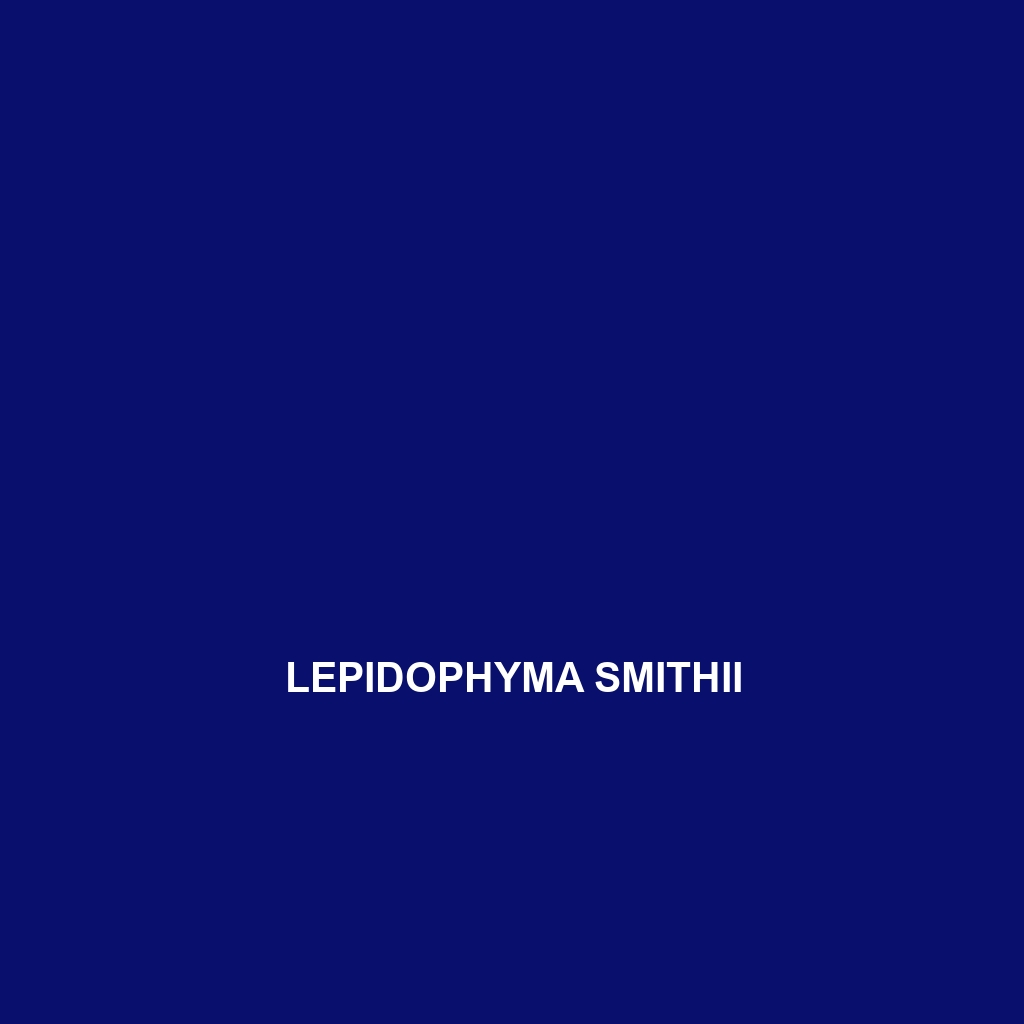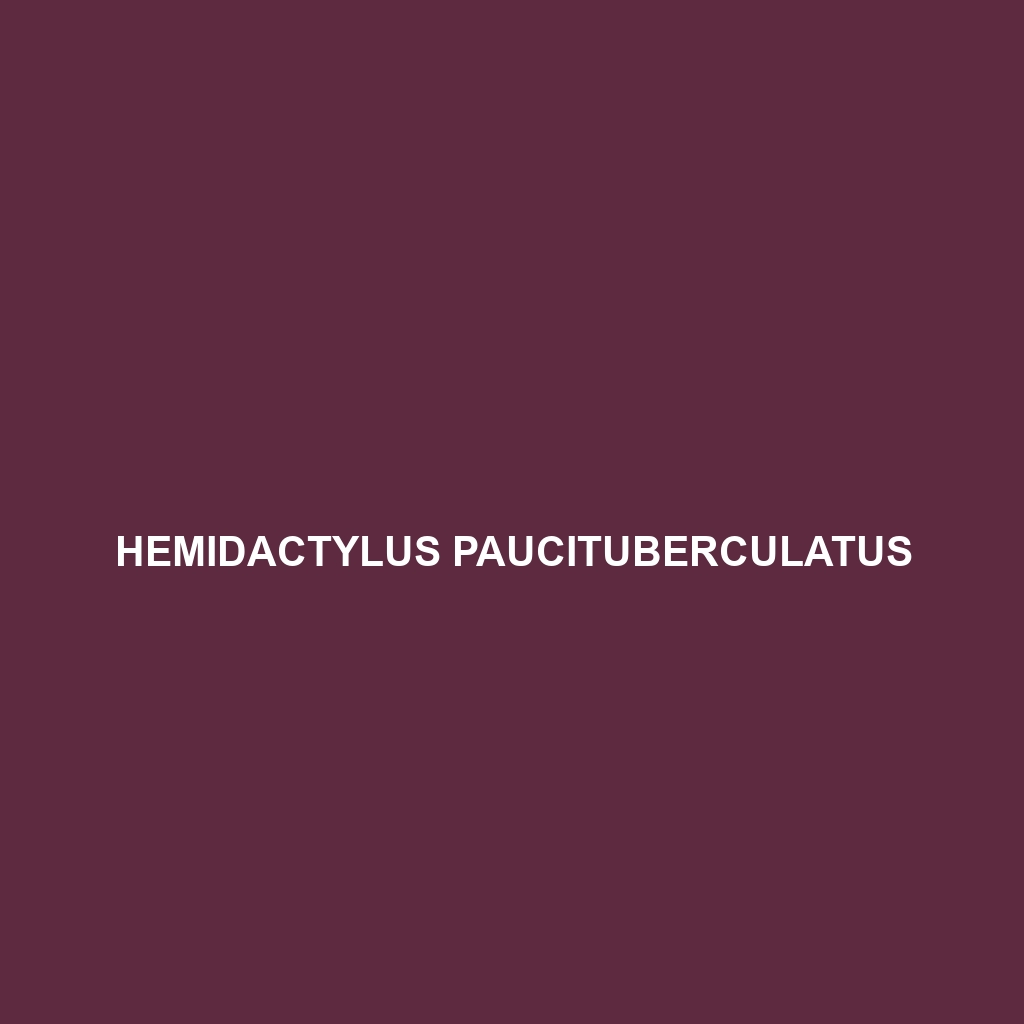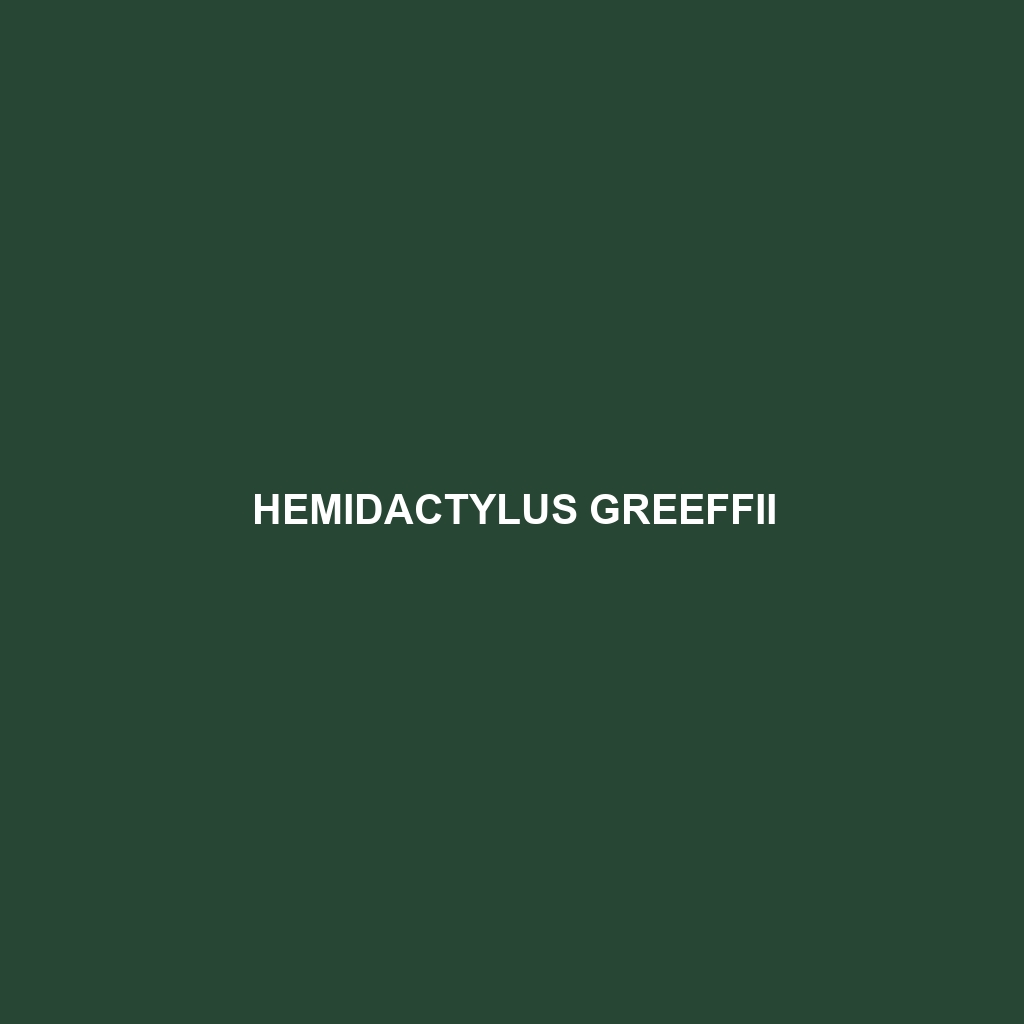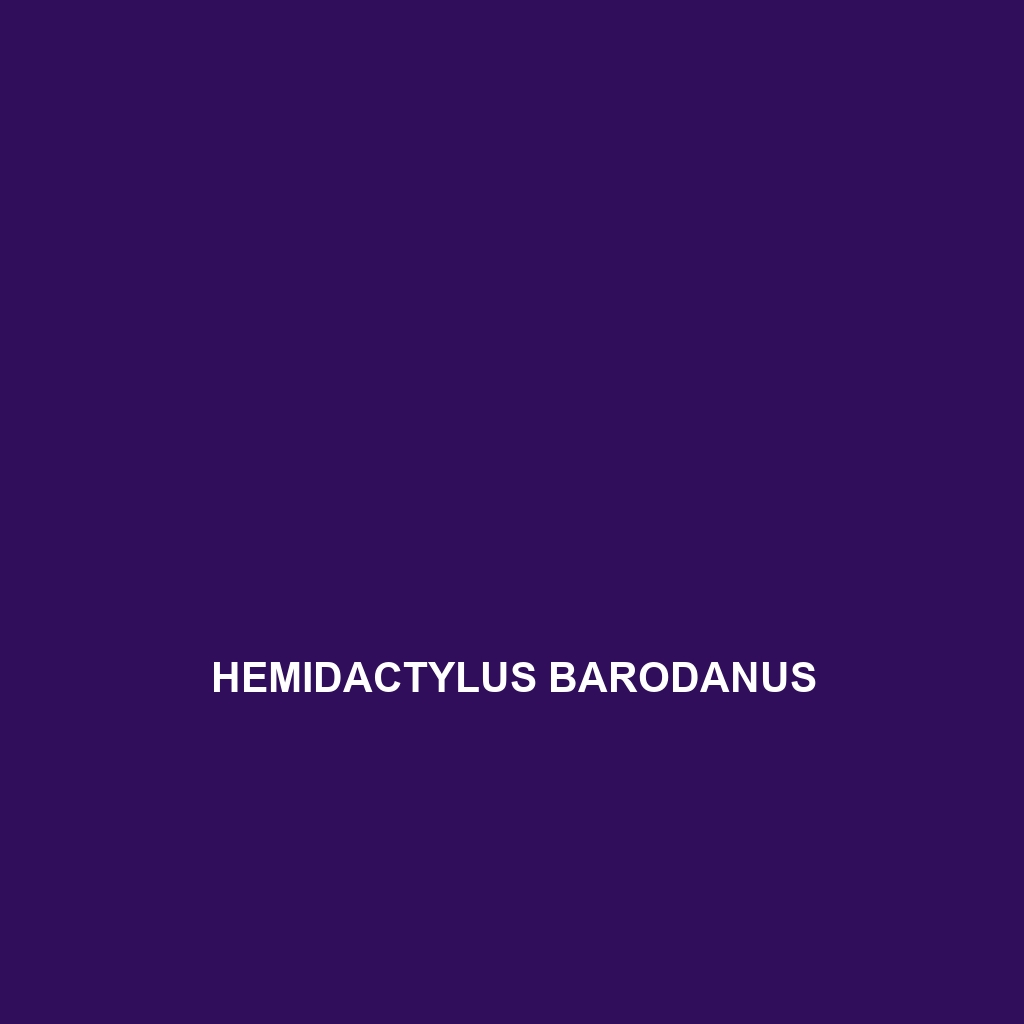<b>Lepidophyma reticulatum</b>, commonly known as the reticulated skink, is a distinctive insectivorous lizard native to Central America and Mexico, characterized by its elongated, shiny body and remarkable reticulated patterns. This primarily nocturnal species plays a crucial role in pest control within its humid, tropical habitat, offering both camouflage and unique adaptations for survival.
Tag: pest control species
Iberolacerta bonnali
<b>Iberolacerta bonnali</b>, also known as Bonnal's Iberolacerta, is a vibrant lizard native to the Pyrenees mountains, distinguished by its striking coloration and adaptability to rocky and alpine habitats. This <b>vulnerable species</b> primarily feeds on insects and plays a crucial role in maintaining the ecological balance of its environment.
Hemiphyllodactylus bonkowskii
Discover the remarkable Hemiphyllodactylus bonkowskii, a resilient gecko native to Southeast Asia's tropical rainforests, known for its distinctive mottled brown and grey coloration, nocturnal behavior, and role as a natural insectivore. Thrive in diverse habitats, this gecko plays a crucial part in maintaining ecological balance and controlling pest populations.
Hemidactylus platyurus
<b>Hemidactylus platyurus</b>, also known as the Flat-tailed House Gecko, is a nocturnal insectivore originating from Southeast Asia, characterized by its distinctive flattened tail and ability to thrive in diverse habitats, including urban areas. With a smooth skin texture and a diet primarily consisting of insects, this adaptable species plays a vital role in controlling pest populations and maintaining ecological balance.
Hemidactylus paucituberculatus
<b>Hemidactylus paucituberculatus</b>, a tropical gecko found in Southeast Asia, exhibits distinctive features such as a slender body measuring 5 to 7 inches, adhesive toe pads for climbing, and a nocturnal diet primarily consisting of insects. This adaptable species plays a vital role in ecosystems by controlling insect populations and serves as a food source for larger predators.
Hemidactylus matschiei
Discover the remarkable Matschie's gecko (Hemidactylus matschiei), a striking insectivore native to Africa's tropical rainforests and savannas, known for its vibrant coloration, specialized climbing abilities, and significant role in controlling insect populations. With its unique adaptations, this nocturnal species thrives in diverse habitats and contributes to ecological balance.
Hemidactylus greeffii
<strong>Hemidactylus greeffii</strong>, or Greeff's gecko, is a nocturnal insectivore found in tropical and subtropical habitats across Africa, exhibiting a slender body, adhesive toes for climbing, and remarkable tail regeneration abilities. Preferring humid environments, it plays a crucial role in regulating insect populations and serves as prey for larger predators.
Hemidactylus barodanus
<p>Discover the <b>Hemidactylus barodanus</b>, a fascinating nocturnal gecko from Southeast Asia, measuring 6 to 10 centimeters with distinctive granular skin and vibrant coloration. Thriving in various tropical habitats, this insectivore plays a crucial role in pest control while exhibiting intriguing courtship and territorial behaviors.</p>
Hemidactylus aquilonius
Common Name Hemidactylus aquilonius Scientific Name Hemidactylus aquilonius Habitat Hemidactylus aquilonius is primarily found in the lush environments of tropical rainforests and other warm, humid regions. This species is predominantly distributed across parts of Southeast Asia, particularly in countries like Thailand, Malaysia, and Cambodia. The chosen habitats range from dense rainforests to wooded areas where […]
Hemidactylus almakhwah
<p>The <b>Hemidactylus almakhwah</b>, also known as the Al-Makhwah gecko, is a tropical species that thrives in diverse habitats, including rainforests and urban areas. With its distinctive adhesive toe pads and nocturnal hunting skills, this adaptable insectivore plays a vital role in controlling insect populations while showcasing remarkable features such as tail regeneration and vocal communication.</p>









